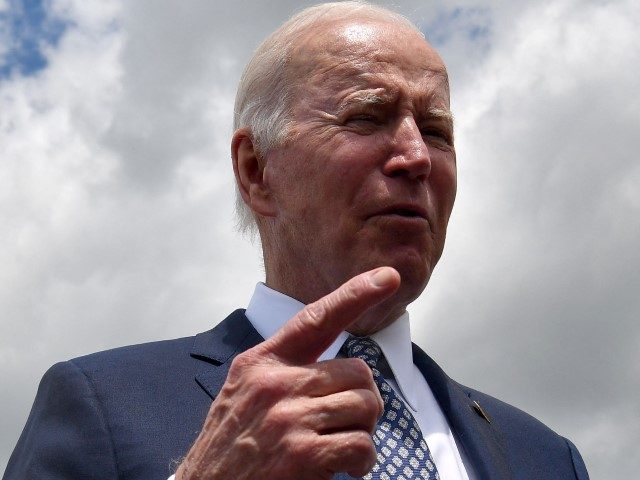Orders placed for durable goods made in U.S. factories rose in April at a slower pace than expected, highlighting the toll inflation is exacting on economic growth.
Durable goods orders rose 0.4 percent, the second weakest reading in seven months, data from the Commerce Department showed Wednesday. Economists had forecast a gain of 0.7 percent.
A category known as core capital goods, which strips out defense spending and aircraft, rose by a weaker 0.3 percent. This also fell short of expectations for a gain of 0.5 percent. This is regarded as a proxy for business investment and is viewed as a signal of how businesses see their prospects.
The overall figure for March was revised down from 0.8 percent to 0.6 percent. The core capital goods figure for March was revised up to 1.1 percent from one percent.
All the durable goods order figures are reported in nominal terms, meaning they are not adjusted for inflation. March and April saw the fastest pace of inflation in decades. In April, the Producer Price Index for durable consumer goods was up 0.9 percent compared with March and the index for private capital goods prices was up 1.2 percent. This suggests that most of the increase in April orders was due to rising prices rather than additional goods being ordered.
Inflation is likely taken a toll on durable goods orders, forcing households and businesses to cut back on purchases.
Most analysts and journalists covering durable goods have not yet adjusted their interpretation of these nominal figures to reflect the impact of high inflation. Several times in the past 12-months, establishment media outlets have mistaken nominal growth in orders for real growth.
Compared with a year ago, orders for durable goods were up 10.5 percent. Core capital goods orders were up 1o percent.
Strong consumer spending on durable goods boosted orders from U.S. factories far above prepandemic levels last year. (Note: that spike back in 2014 was due to a huge order of aircraft, including 150 from United Arab Emirates, placed with Boeing.) Consumer—many of whom were newly flush with stimulus payments and extra savings due to suspended student loan payments—filled their homes with exercise equipment, home office equipment, new appliances, and upgraded entertainment systems, shifting spending out of the services sector. This contributed to supply chain bottlenecks and pushed prices of goods higher.

A pullback in manufacturing appears to be underway. The University of Michigan’s survey of consumer sentiment found in May that the public’s assessment of buying conditions for durables reached its lowest reading since the question began appearing on the monthly surveys in 1978, primarily due to high prices. Last week, the Empire State Manufacturing Survey from the Federal Reserve Bank of New York indicated a contraction in factory activity. The survey from the Philadelphia Fed reported on Friday showed a bigger slowdown than expected and barely managed to stay in positive territory. On Tuesday, the Richmond Fed its survey of factories also indicated a contraction.
S&P Global reported on Tuesday that manufacturers and service providers signaled softer upturns in output amid elevated inflationary pressures, a further deterioration in supplier delivery times, and weaker demand growth.
Some of the largest retailers in the country—including Best Buy, Walmart and Target—have said that consumers are shifting away from buying big-ticket items. This has left some of the retailers with excess inventories in some categories, which could lead to a decline in orders in the months ahead.

COMMENTS
Please let us know if you're having issues with commenting.